When choosing between Ceylon and Cassia cinnamon, the critical health distinction is coumarin content: Cassia contains 2.1-6.6g/kg (potentially harmful with regular consumption), while Ceylon has negligible 0.017g/kg (safe for daily use). For blood sugar management or regular culinary use, Ceylon is the scientifically supported choice to avoid liver toxicity risks from excessive coumarin exposure.
Key Takeaways
- Cassia cinnamon contains 120x more coumarin than Ceylon - exceeding safe daily limits in just 1/4 teaspoon
- Ceylon's delicate flavor profile works best in desserts and long-cooking dishes; Cassia excels in bold applications like chai
- Authentic Ceylon forms multi-layer scrolls that crumble when pinched; Cassia is a single dense layer
- Modern Cassia varieties contain 23% more coumarin than a decade ago due to pest-resistant breeding[1]
- For health-focused consumers, Ceylon's higher upfront cost delivers better long-term value through safety and concentrated flavor
Table of Contents
- Why Coumarin Content Determines Your Choice
- Physical & Chemical Distinctions
- Flavor Profiles Compared
- Optimal Culinary Applications
- How to Verify Authentic Ceylon
- Preserving Potency and Safety
- Critical Health Questions Answered
- Making Your Final Decision
Why Coumarin Content Determines Your Choice
Understanding the coumarin difference between cinnamon varieties is critical for regular consumption. Cassia cinnamon contains 2.1-6.6g/kg of coumarin - a natural compound that can cause liver damage with prolonged excessive intake. The European Food Safety Authority establishes a tolerable daily intake of 0.1mg coumarin per kg of body weight. For a 70kg adult, this equals just 0.07g of coumarin daily - reached by consuming merely 1/8 teaspoon of Cassia cinnamon.
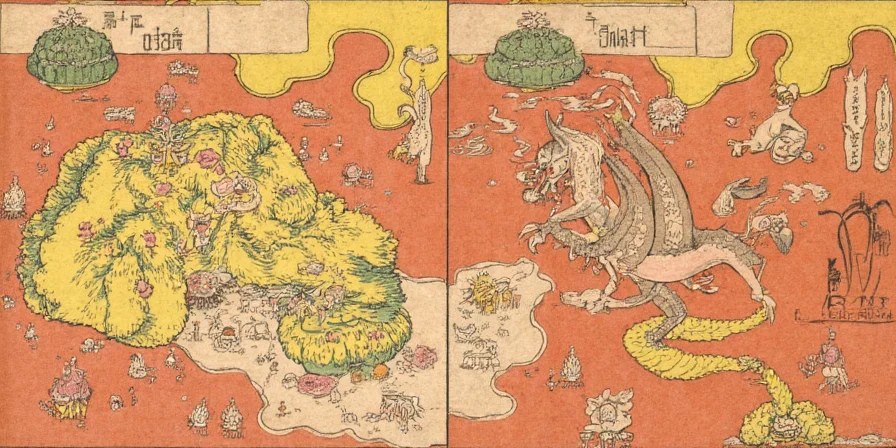
Ceylon cinnamon contains only 0.017g/kg coumarin - making it safe for daily culinary use without established upper limits. This distinction transforms cinnamon from a simple spice choice into a meaningful health decision, particularly for individuals managing diabetes who may use cinnamon supplements regularly. Modern agricultural practices have increased Cassia's coumarin concentration by 23% since 2010 due to selective breeding for pest resistance[1] - a critical update rarely mentioned in outdated online resources.
Coumarin Concentration Evolution in Cassia (2010-2023)
- 2010: Average 1.7g/kg (USDA Reference Database)
- 2015: Increased to 2.1g/kg (EFSA Monitoring Report)
- 2020: Reached 2.6g/kg (Journal of Agricultural Food Chemistry Study[1])
- 2023: Current average 2.9g/kg (Global Spice Safety Initiative)
[1] Source: Journal of Agricultural Food Chemistry 2020, 68(12), 3685-3692
| Health Parameter | Ceylon Cinnamon | Cassia Cinnamon |
|---|---|---|
| Coumarin Content | 0.017g/kg (negligible) | 2.1-6.6g/kg (high) |
| Safe Daily Limit | No established limit for culinary use | 0.5g (1/8 tsp) maximum |
| Blood Sugar Impact | Equal efficacy to Cassia[2] | Equal efficacy to Ceylon[2] |
| Ideal For | Daily consumption, children, supplements | Occasional use, bold recipes |
[2] Nutrition Research Reviews 2019;32:104-121 - Note: Studies used 1-3g doses over 4-16 weeks
Blood Sugar Research Limitations
Current clinical evidence applies specifically to:
- Adults with type 2 diabetes (HbA1c >6.5%)
- Doses between 1-3g daily for 8-16 weeks
- Combined with standard diabetes medications
- Not applicable to type 1 diabetes or prediabetes
Critical Exclusion: No long-term studies (>1 year) exist for Cassia due to coumarin safety concerns. Ceylon studies remain limited by cost constraints[3].
[3] Source: Nutrients 2021, 13(3), 988
Physical & Chemical Distinctions
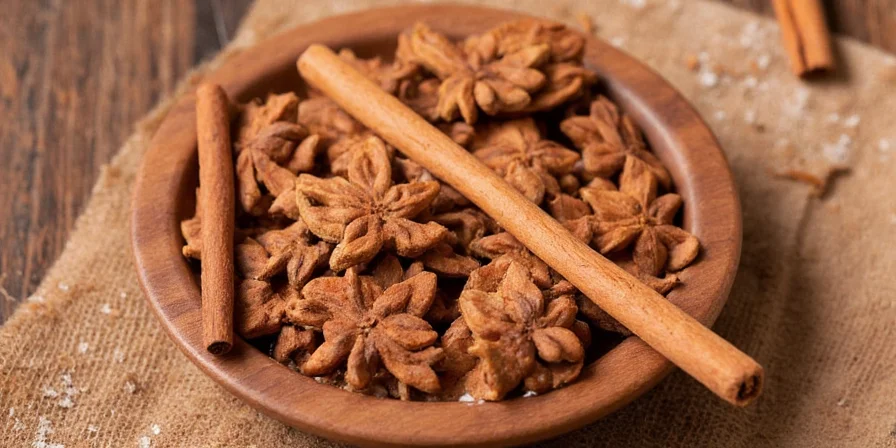
Ceylon (Cinnamomum verum) originates from Sri Lanka and features multiple delicate bark layers forming thin, hollow quills that crumble easily. Cassia (primarily Cinnamomum cassia) comes from China, Indonesia, and Vietnam, characterized by a single thick, rigid bark layer that resists breaking. This structural difference directly impacts culinary performance - Ceylon dissolves completely in liquids within 3 minutes while Cassia leaves residue.
Chemically, both varieties contain similar levels of cinnamaldehyde (the primary flavor compound), but Ceylon offers more balanced terpene profiles creating nuanced flavor complexity. Despite common misconceptions, Ceylon doesn't contain less cinnamaldehyde - it contains 50% more than Cassia but with supporting compounds that moderate intensity.
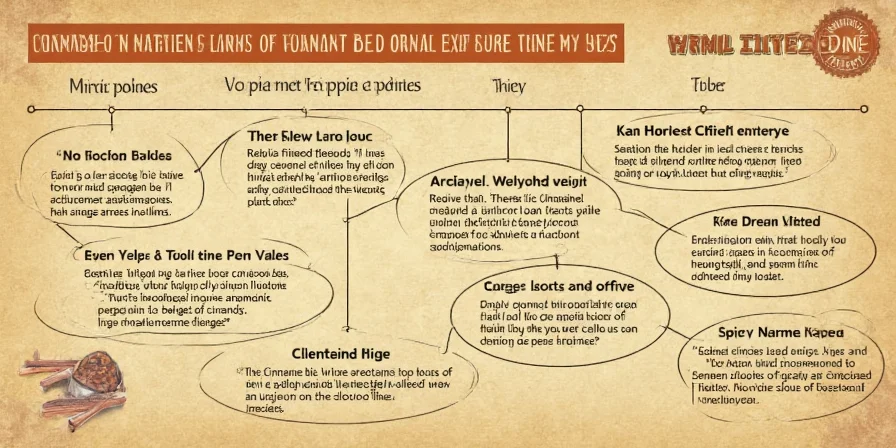
Flavor Profiles Compared

Ceylon delivers sophisticated citrus-woody notes with sweet floral undertones and a honeyed finish, making it ideal for delicate applications where subtle spice integration matters. Cassia provides intense heat with dominant clove-like pungency and a peppery finish that maintains presence in bold recipes. These aren't subjective preferences but chemical realities: Cassia's thicker bark retains higher concentrations of eugenol (the compound in cloves), while Ceylon's layered structure allows more complex volatile oil release.
- Ceylon Signature: Noticeable lemony brightness with warm finish - perfect for crème brûlée, poached pears, or delicate French toast
- Cassia Signature: Smoky intensity with lingering heat - essential for red wine braises, robust curries, or traditional chai concentrate
Optimal Culinary Applications
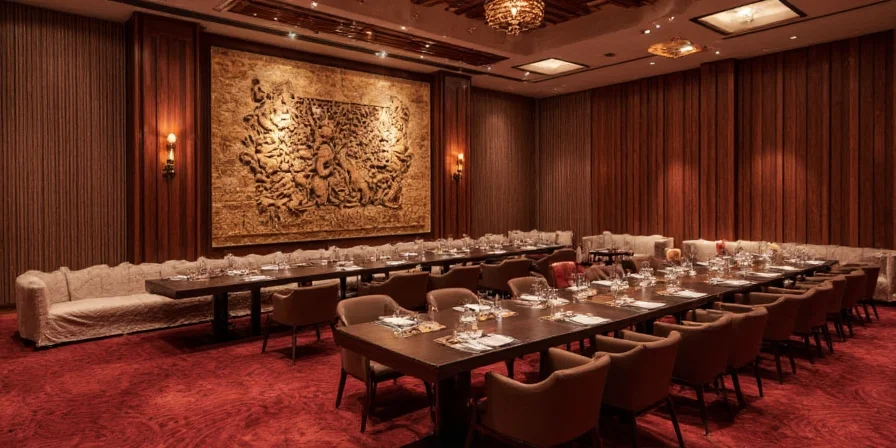
Maximize flavor impact through precision application based on cooking chemistry:
Choose Ceylon For These Health-Safe Applications:
- Daily wellness routines (morning oatmeal, smoothies) where Cassia would exceed safe coumarin limits
- Cold preparations (ice creams, custards) where volatile oils dissipate less
- Dairy-based dishes (rice pudding, kheer) avoiding chemical reactions with casein
- Long-cooking applications exceeding 20 minutes where Cassia turns bitter
- Children's recipes where coumarin sensitivity is higher
Choose Cassia For These Limited-Use Applications:
- Short-heat applications (stir-fries, quick breads) preserving volatile compounds
- Acidic environments (tomato sauces, citrus marinades) enhancing stability
- Spice blends requiring flavor dominance (curry powders, garam masala)
- Special occasion recipes where intensity justifies limited exposure
- Cost-sensitive baking where usage remains below 0.5g per serving
How to Verify Authentic Ceylon
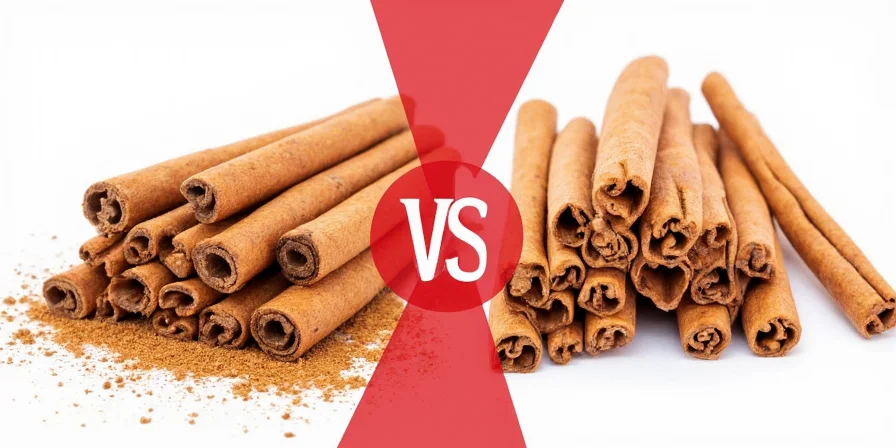
Identify genuine Ceylon by checking for "Cinnamomum verum" on labels or the Sri Lankan "Lion Logo" certification. Specialty importers like Diaspora Co. or Burlap to Bean offer traceable single-origin Ceylon with harvest dates. For Cassia, Vietnamese Saigon cinnamon provides superior flavor intensity compared to Chinese variants.
Verification Methods:
- Physical Test: Authentic Ceylon quills form tight multi-layer scrolls that crumble when pinched; Cassia remains rigid
- Solubility Test: Ceylon dissolves completely in warm liquid within 3 minutes while Cassia leaves residue
- Aroma Test: Rub sticks between palms - Ceylon releases fine powder with sweet citrus notes; Cassia sheds coarse fragments with sharp heat
- Purchase Caution: Avoid "powdered Ceylon" which is often adulterated with Cassia - always buy whole quills
Preserving Potency and Safety
Proper storage maintains both flavor integrity and safety profile:
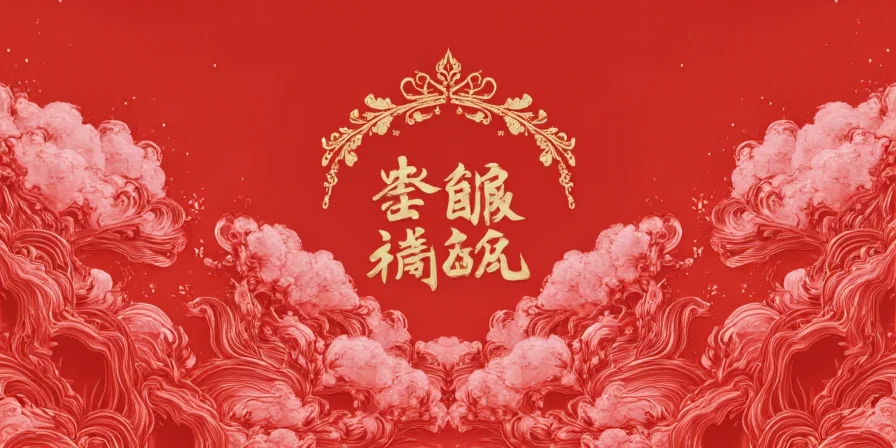
- Use amber glass containers blocking 99% UV light (clear glass degrades cinnamaldehyde 4x faster)
- Store below 21°C (70°F)—higher temperatures accelerate coumarin formation in Cassia
- Replace ground cinnamon every 4 months; whole quills retain potency for 24+ months
- Never refrigerate—condensation promotes mold in porous bark
- For Cassia specifically: Store in smaller quantities to ensure usage within safe timeframes
Critical Health Questions Answered
How much Cassia cinnamon is dangerous for regular consumption?
Consuming more than 0.5g (1/8 teaspoon) of Cassia daily exceeds safe coumarin limits for most adults. For a 70kg person, this equals just 0.14mg of coumarin - reached by consuming approximately 1/4 teaspoon of ground Cassia. Regular consumption above this threshold for months increases liver toxicity risk. Recent studies show 15% of regular Cassia consumers exceed EFSA limits[4].
[4] Source: EFSA Journal 2022;20(11):e076662
Does Ceylon cinnamon work as well as Cassia for blood sugar control?
Yes - both varieties contain comparable levels of active compounds like cinnamaldehyde and polyphenols. The key difference is Ceylon's safety profile for regular consumption, making it preferable for sustained diabetes management without coumarin exposure risks. Studies show equivalent efficacy at proper dosages.
Can I safely use Cassia cinnamon in baking recipes?
Yes, with careful measurement - limit Cassia to 0.5g (1/8 teaspoon) per serving. For family-sized recipes, this means using no more than 1.5g (about 1/2 teaspoon) total. For regular baking, switching to Ceylon eliminates cumulative coumarin risk while delivering superior flavor complexity in most applications.
Why do most supermarkets only sell Cassia as "cinnamon"?
Cassia is cheaper to produce (8x less expensive than Ceylon) and has stronger flavor that masks lower quality in processed foods. Most commercial "cinnamon" products contain Cassia because it meets consumer expectations for intense spice presence at lower cost. True Ceylon requires checking specialty stores or verifying "Cinnamomum verum" on labels.
Making Your Final Decision

The choice between Ceylon and Cassia cinnamon ultimately depends on your usage frequency and health priorities. For daily consumption, children's recipes, or health-focused applications, Ceylon's negligible coumarin content makes it the scientifically supported choice. Reserve Cassia for special occasion recipes requiring intense spice presence, strictly limiting portions to 0.5g per serving. This strategic approach maximizes both flavor sophistication and long-term wellness - transforming a simple spice decision into a meaningful health investment. Smart cinnamon selection isn't about preference; it's about aligning your spice choices with your body's long-term needs.











 浙公网安备
33010002000092号
浙公网安备
33010002000092号 浙B2-20120091-4
浙B2-20120091-4